
Stepping into the world of new televisions today is an adventure filled with possibilities, offering products that cater to every budget and desire. With streaming services dominating our leisure time, and shows like “Shōgun” and “Ripley” captivating audiences late into the evening, the television remains a central hub in many homes, much like the radio once was.
Yet, this abundance of choice, while exciting, can also lead to a perplexing paradox. The sheer volume of great options makes the decision-making process incredibly daunting. Imagine the disappointment of unboxing your brand-new set, only to discover it’s not quite right for you.
That sinking feeling can be entirely avoided. We’ve compiled a comprehensive guide to the biggest mistakes people make when investing in a new television, drawing on extensive research and practical insights. By understanding these common missteps, you can ensure your next TV purchase is a wise one, delivering enjoyment for years to come. Let’s dive in.
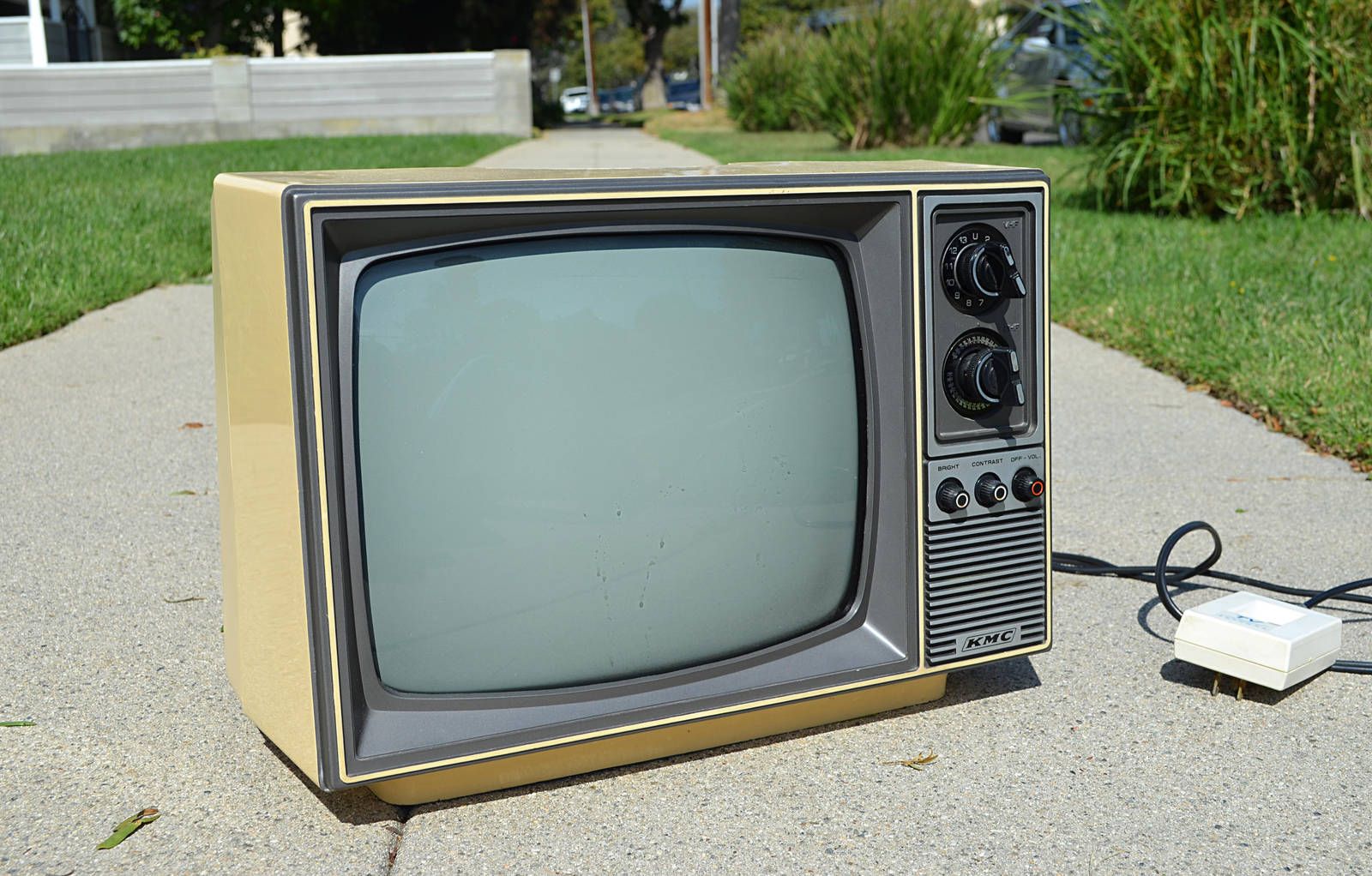
1. **Failing to Properly Dispose of Your Old TV**One of the most overlooked aspects of upgrading to a new television often happens even before the new one is out of its box: the proper disposal of your old set. Electronic waste, or e-waste, poses a significant environmental threat, with the U.S. PIRG Education Fund estimating that America alone produces 6.9 million tons of it annually. This includes everything from old Bluetooth earbuds to aging appliances like televisions.
Heavy metals such as lead, cadmium, beryllium, and mercury, found in electronics, can leak into the soil and groundwater, posing long-term health risks to humans and animals alike. Cleanup efforts are both costly and challenging on a global scale. Therefore, it is crucial to dispose of your television through appropriate channels.
Before resorting to recycling, consider giving your old TV a second life by donating or reselling it. This is a far more environmentally friendly option, as it avoids the carbon emissions associated with dismantling and rebuilding materials. If donation or resale isn’t feasible, search online for local recycling locations. Many cities provide free recycling programs, and some retailers where you purchase your new TV may even offer recycling services. Additionally, local sanitation services or residential hauling companies might provide free curbside pickup, and in some cases, you might even find places that will pay you for your old electronics.
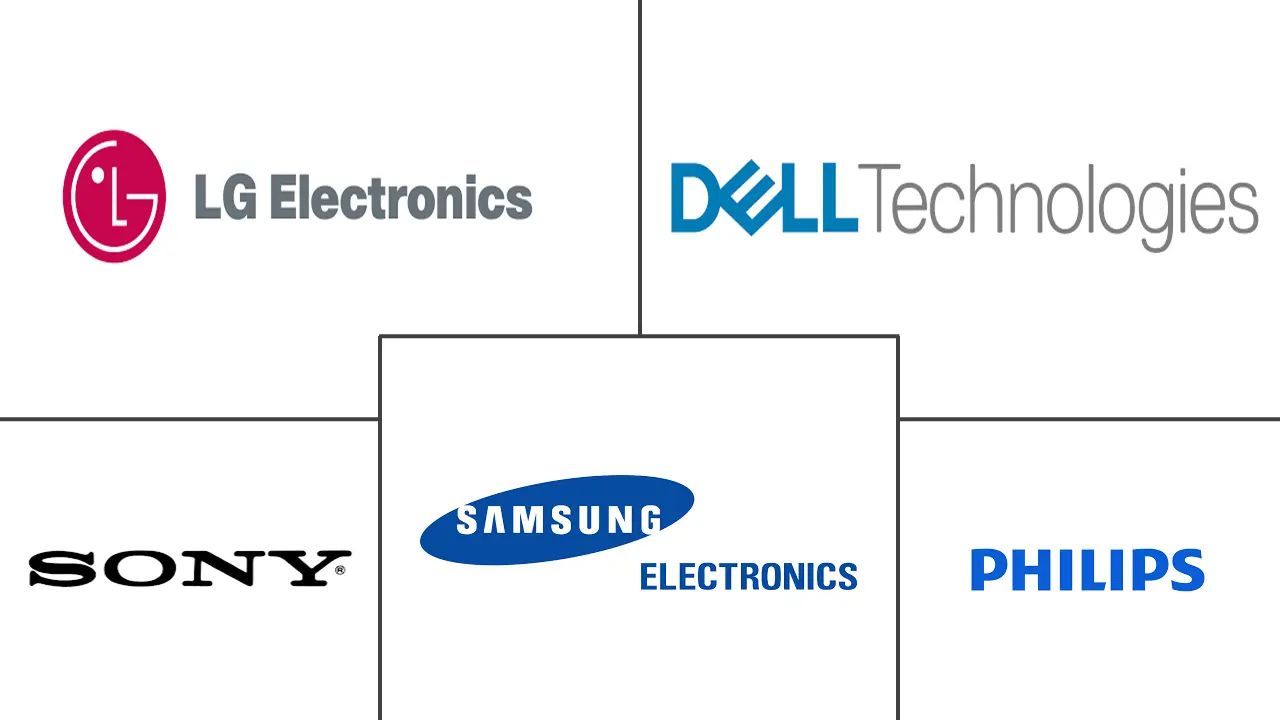
2. **Buying a TV Online (Sight Unseen)**While the convenience of online shopping is undeniable, purchasing a television sight unseen is a mistake many consumers regret. A PYMNTS report indicates that approximately 32% of electronics were bought from e-retailers in the second quarter of 2024. While the exact number for televisions is unknown, this suggests a widespread reliance on online pictures and reviews, which can be profoundly misleading.
Every television viewing experience is inherently subjective. What a YouTube reviewer praises as “looks good” might not align with your personal preferences. Low-resolution, over-edited promotional images on online storefronts, often viewed on a smartphone with potentially inaccurate color correction, simply cannot provide an honest assessment of the screen’s actual appearance.
Subjective reports on build quality, sound reproduction, and features are just that – subjective. If you encounter an appealing deal online, make it a point to locate the same model in a physical store. Seeing the television firsthand allows you to temper your expectations and make a more informed decision based on your own perception, preventing a massively underwhelming unboxing experience.
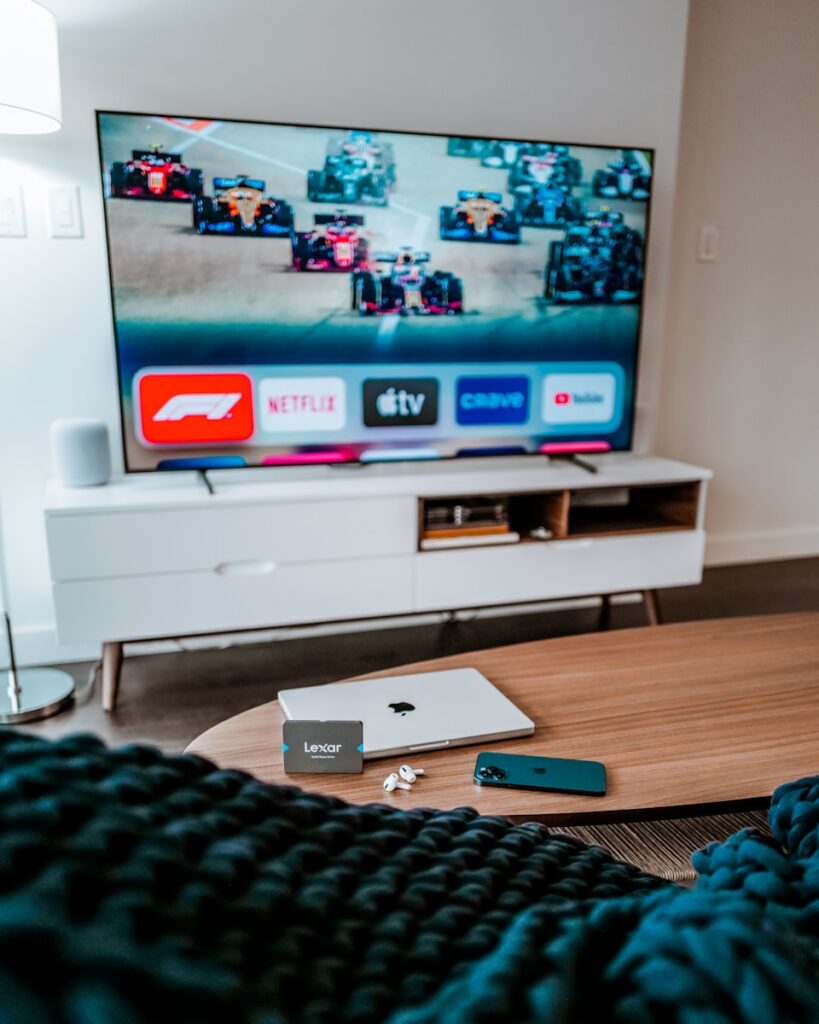
3. **Basing Your Purchasing Decisions on Store Demos**It might seem contradictory after advising an in-store visit, but basing your purchasing decision solely on store demos can be another significant mistake. Retailers often employ subtle tricks to make their display models appear more appealing than they would in a home environment. Most televisions have a built-in “store demo” mode that maximizes brightness and oversaturates colors, creating a flashy, gaudy display that some might mistakenly equate with superior quality.
Furthermore, the bright lighting on a sales floor bears little resemblance to the ambient light in your living room or bedroom. A TV that appears vibrant under fluorescent lights will look significantly different when used in normal settings with reasonable brightness. It’s also possible that stores use low-resolution demo reels that fail to showcase the panel’s true capabilities, potentially underselling an otherwise decent set.
To counter this, ask the salesperson for the remote and disable the demo mode, which is usually accessible through the TV’s settings. Then, choose a reliable streaming source. Many modern televisions support Chromecast, allowing you to stream content directly from your phone. Remember that not all content marketed as 1080p or 4K is truly that resolution; YouTube’s compression, for instance, can be aggressive, so ensure you play videos at a higher resolution to get an accurate representation of the TV’s performance.
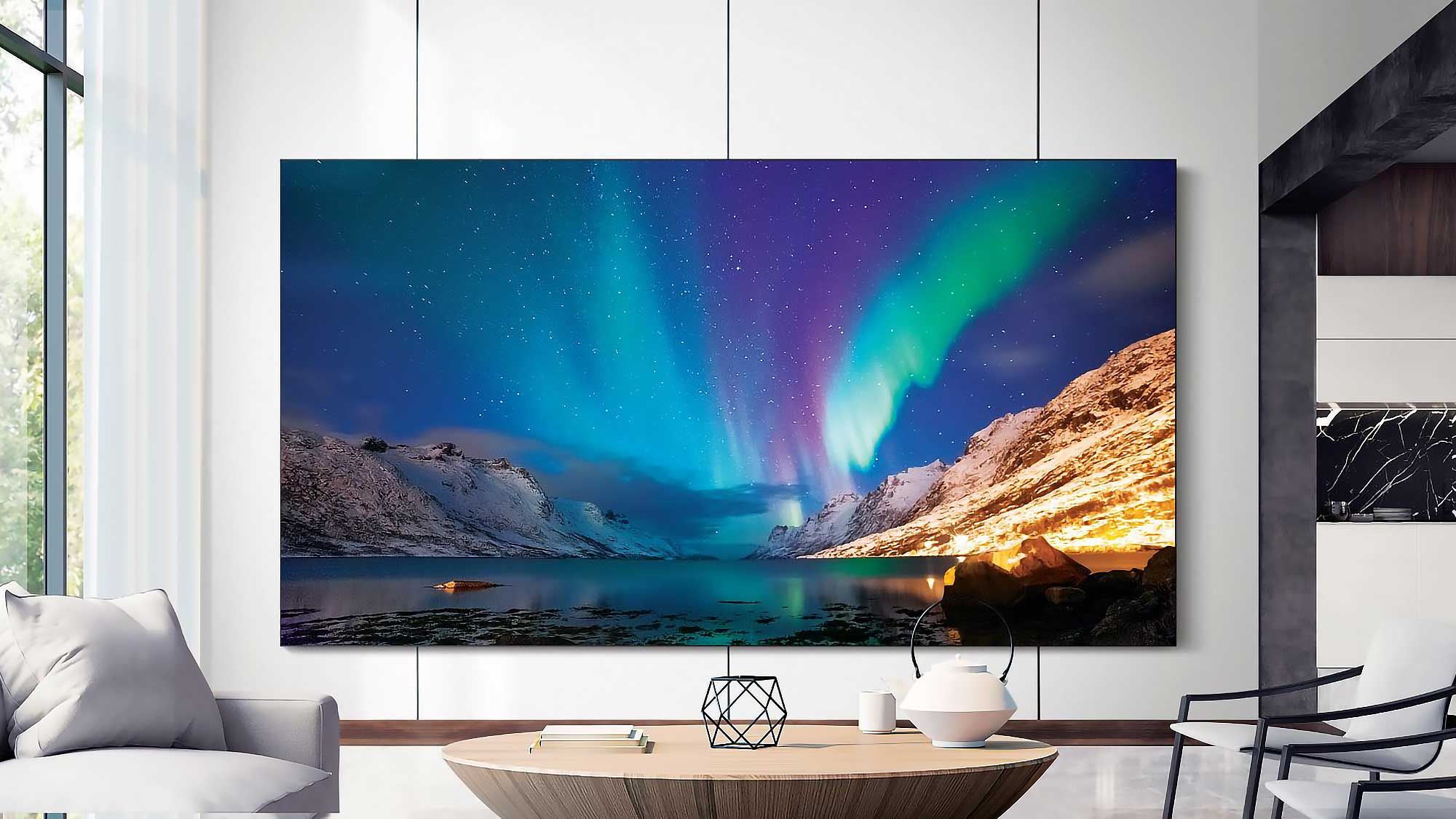
4. **Buying a TV That Doesn’t Fit Your Furniture**This might seem like obvious advice, but the nuances of fitting a new television into your existing space are often overlooked. Consider the entire environment where the TV will be located. Does your new TV overhang too much from the sides of its stand? This can be a safety hazard, especially for children who might accidentally clothesline themselves on a sharp corner. Have you confirmed that your current stand can adequately support the TV’s weight without wobbling, and that it has sufficient width to accommodate the TV’s feet?
Beyond physical fit, think about the viewing experience for everyone in the room. Can people seated at the edges of your sofa clearly see the entire screen? If wall-mounting, does the kit allow for enough angle manipulation to point the screen effectively at all viewing positions? Don’t forget to account for potential glare from morning or noonday sunlight. Additionally, plan for surrounding decorations and any future additions like a speaker system. Even a simple soundbar requires its own space and consideration for its acoustics, as your TV and other room obstructions will influence the overall sound. Modern TVs often feature smaller bezels than older models, meaning you can fit a larger screen into a seemingly smaller space, so measure carefully. As the adage goes, “measure three times, cut once” – or in this case, “mount once.”
Read more about: Decades of Dust, Gears, and Dreams: Unearthing Hidden Classic and Sports Cars from Abandoned Estates

5. **Getting the Wrong Size**Determining the “right” size television is a deeply personal choice, influenced by usage frequency, content consumption habits, and satisfaction with your current model. However, there are a few general guidelines that can prevent common sizing pitfalls. For instance, a television 40 inches or smaller is typically ideal for a bedroom, while larger sizes are better suited for a living room environment.
For larger, non-bedroom televisions, opting for a 4K model is highly recommended. This allows viewers to sit closer to the screen without a noticeable degradation in perceived picture quality. Conversely, a cheaper 1080p set might suffice if you consistently watch from a greater distance, such as across a living room. When considering an upgrade, it’s advised to increase by at least 10 inches from your previous set to truly feel the improvement.
However, resist the urge to choose the slightly larger option when presented with TVs that are only 2 to 4 inches apart in size. Those extra couple of inches often come with an exponentially higher price tag, providing only a marginal improvement that might not justify the cost. While a larger television generally enhances the viewing experience, thoughtful consideration of your space and viewing habits is key to selecting the perfect size without overspending.
Read more about: Hollywood’s Unscripted Dramas: 15 Roles That Forever Altered Actor Careers and Legacies
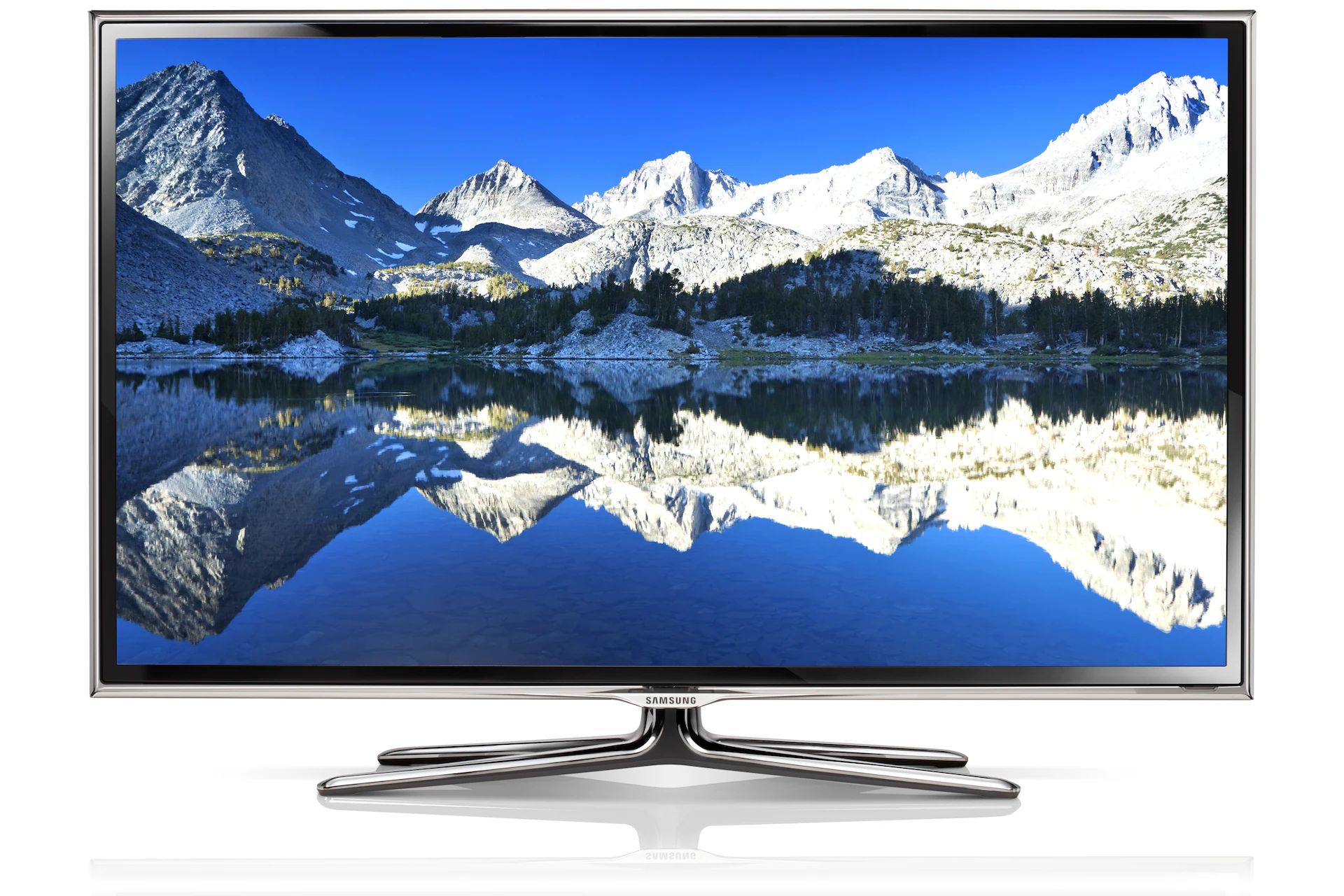
6. **Relying on a TV’s Built-In Sound**Modern televisions have achieved remarkable feats in visual technology: they boast stunning image quality, are increasingly affordable, and are so slim and lightweight that they almost defy physical possibility. Unfortunately, this pursuit of compact panels comes at a significant cost to one crucial aspect: sound. The fundamental laws of physics dictate that a rich, theater-like soundstage requires substantial drivers with ample space to move air.
Regrettably, the cramped, sleek design of the average flat-panel television leaves little room for truly decent built-in speakers. While the visual experience of even high-end sets is bold and vivid, the auditory experience often falls short, despite manufacturers’ best efforts within these limitations. For casual viewing, the default sound might be serviceable, but for those seeking a more immersive experience, it’s a clear bottleneck.
We highly recommend allocating a portion of your budget for external speakers. You don’t need to succumb to audiophile snobbery or aggressive marketing; incredible budget speaker sets are available without breaking the bank. A simpler and often more affordable solution is a soundbar, which, despite its compact profile, can deliver surprising depth by bouncing sound off ceilings and walls to mimic a surround sound system. That said, it’s always wise to trial your new television as-is first. Its built-in sound might exceed your expectations, and if your opinion changes later, upgrading your audio is always an option.
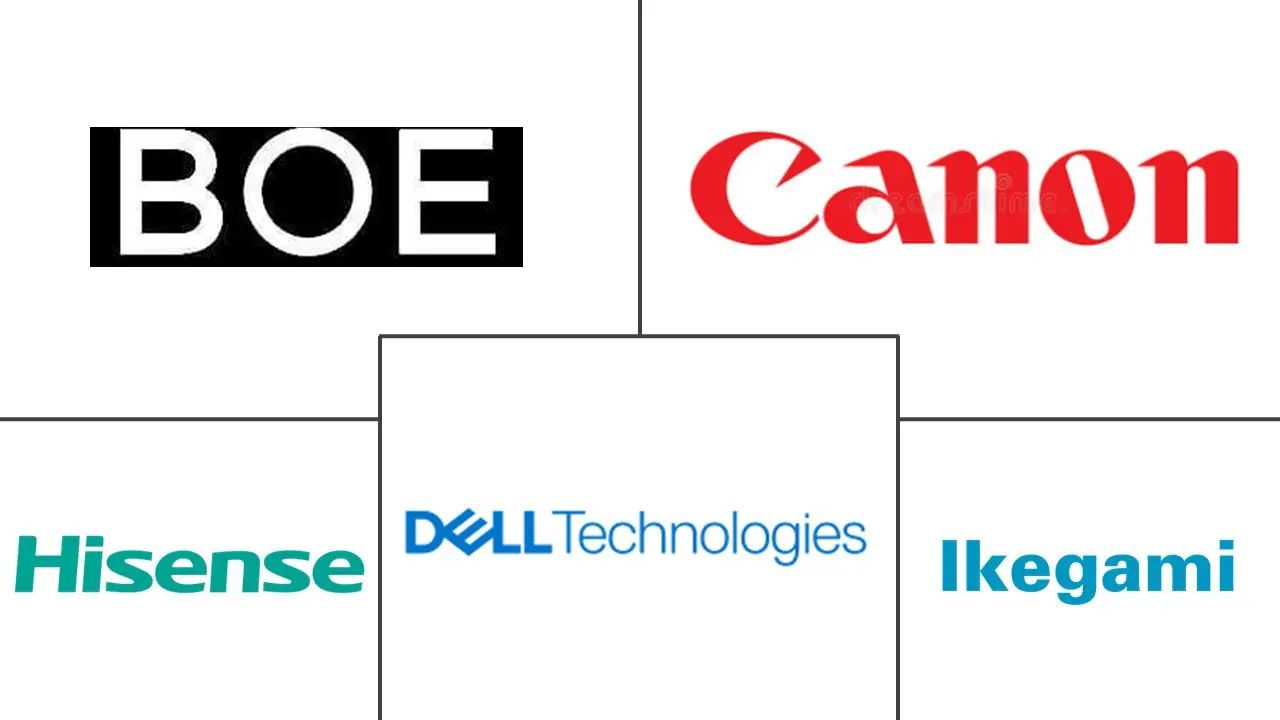
7. **Buying an 8K TV (For Now)**Consumers typically don’t upgrade their televisions very often, with user polls on Android Authority indicating that most respondents wait about a decade, or at least 6 to 7 years. Given the low profit margins on televisions, manufacturers constantly seek ways to accelerate purchase cycles, and hyping up 8K resolution has been their latest strategy. 8K televisions offer double the resolution of 4K, enabling truly massive panels without compromising image quality – but they come with equally massive price tags.
While a salesperson might try to convince you that an 8K TV is essential for “future-proofing,” this isn’t necessarily sound advice for the current market. For starters, the prices are prohibitive, with some OLED 8K models easily reaching five figures. Beyond the cost, there’s a significant lack of native 8K content; major streaming services like Netflix, Disney+, and Hulu don’t offer it, and current-generation consoles cap games at 4K resolution.
Although an 8K television can upscale your existing content to its native resolution, this process can introduce input lag, which is particularly problematic for gaming. Even without input lag, the practical difference between 8K and 4K is often imperceptible from a typical viewing distance on your couch. Investing in 8K now means paying a premium for a resolution that lacks widespread support, making it a purchase for a future that hasn’t quite arrived.
Navigating the complexities of television technology extends beyond the initial purchase, encompassing a range of advanced considerations and common setup errors that can significantly impact your long-term viewing pleasure. Understanding these remaining critical mistakes is key to truly maximizing your investment and ensuring your home entertainment setup is not just functional, but genuinely outstanding. We’re now delving into the nuances that separate a good TV experience from a truly great one, from decoding marketing jargon to mastering post-purchase adjustments.

8. **Spending More to Get Better Picture Quality**When perusing the aisles of your local electronics retailer, it’s a natural inclination to assume that a higher price tag invariably translates to superior picture quality for televisions of the same size. This intuitive assumption, however, isn’t always accurate. A closer examination of specifications often reveals that luxury, high-end televisions frequently share many of the most crucial technical details with their more affordably priced counterparts, including essential features like 4K resolution, robust high-dynamic range (HDR) support, and advanced display technologies such as full-array LED backlighting.
The principle of diminishing returns is particularly relevant here. In the context of televisions, this means that while initial increases in spending can yield significant improvements in performance, continuing to spend more beyond a certain threshold results in increasingly marginal benefits. Essentially, the larger the price tag, the less tangible benefit you receive per dollar invested. Often, the difference in picture quality between a budget-friendly panel and a significantly more expensive one isn’t a stark, night-and-day transformation, prompting the question of whether the added cost is truly justified.
Nevertheless, it’s important to acknowledge that more expensive televisions do offer subtly enhanced features, such as improved brightness, more nuanced HDR performance, richer color saturation, and often a faster refresh rate alongside superior upscaling capabilities. While these improvements might seem minor to the average viewer, they can be worthwhile for specific use cases. For instance, avid gamers can experience substantial benefits from a higher refresh rate, typically in the range of 90 to 120Hz, which provides smoother, more responsive gameplay.
Product on Amazon: Wohome 2.1ch Small Sound Bars for TV with 6 Levels Voice Enhancement, Built-in Subwoofer, 16 Inches Bluetooth 5.3 Soundbar Speakers with Optical/AUX/USB Connection, S100
Brand: Wohome
Binding: Electronics Product Group: Electronics
Price: 34.99 USD
Rating: 4.2 Total reviews: 1943
Speaker Maximum Output Power: 60 Watts
Frequency Response: 160 KHz
Connectivity Technology: Auxiliary, Bluetooth 5.3 (Not support HDMI), Optical, RCA, USB
Audio Output Mode: Music mode, Movie mode, News mode
Features:
1. 2.1 Channel: With one built-in subwoofer deliver powerful deep bass, 2 full range speakers provide clearly voice and surround sound.
2. 16-inch Ultra Slim Soundbar: This sound bar is compact, just 2.9″ tall for easy placement in front of your TV or mounted to a wall, perfect for small spaces.
3. Multiple Connection: This speaker support Bluetooth 5.3, Optical, AUX, USB connection; compatible with your smart TV, 4K and traditional TV, computer, projector, phone, tablet and so on.
4. Three EQ Modes: DSP technology deliver 3 Equalised mode; music mode with powerful deep bass, movie mode with 3D surround sound, news mode with clearly dialogue.
5. Remote and Button Control: The soundbar is super easy to operate and install. However, please note that it is not compatible with TV remotes (including Fire, Roku, and Universal remotes)
Shopping on Amazon >>
Read more about: The Software Guru Behind a Viral Retirement Calculator Reveals Her ‘Boring’ Secrets to Financial Independence
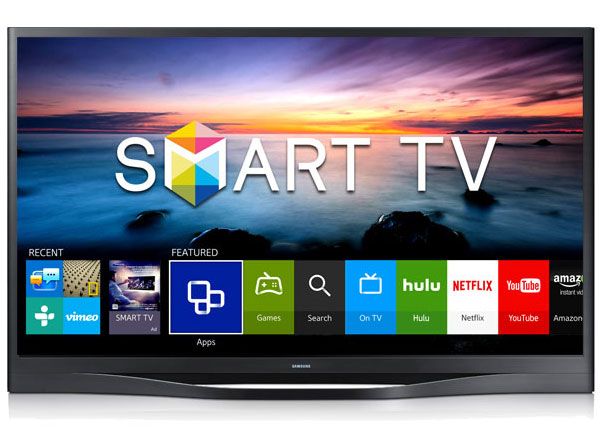
9. **Buying a TV Based on Its Smart Features**Today, the vast majority of televisions on the market are equipped with so-called smart features, essentially functioning as oversized smartphones with their own integrated operating systems and app ecosystems. This allows users to stream content from popular services like YouTube or Netflix without the need for additional external hardware, making them an appealing choice for minimalists seeking to reduce cable clutter and potentially save on the cost of extra devices.
However, relying solely on a TV’s built-in smart operating system (OS) can come with significant drawbacks. A prominent concern is the increasing prevalence of integrated advertisements, which often appear whether you prefer them or not. Beyond ads, many smart TV platforms are designed to collect user data, raising privacy concerns. Even if these issues aren’t a deal-breaker, the performance of the stock OS can often be sluggish, frustrating to navigate, prone to bugs, or suffer from a lack of consistent software updates. Furthermore, some TVs might include voice assistants, such as the now-defunct Alexa in certain integrations, that you may never use or care for.
Since you cannot change your smart TV’s integrated operating system, it’s ill-advised to either buy or avoid a television solely based on its pre-installed OS. A far more effective and flexible approach is to invest in a dedicated streaming device. The market is saturated with excellent and affordable options, including Roku, Chromecast, Amazon Fire, Apple TV, or even your existing gaming console. These devices connect via an HDMI port, significantly supercharging your television with a broader range of features and superior processing power. Their modularity also provides the freedom to easily swap out the streaming device should a new or more appealing option emerge in the future.
Read more about: Unleash the Roar: 15 Affordable Muscle Cars for Middle-Class Enthusiasts and Budget Collectors
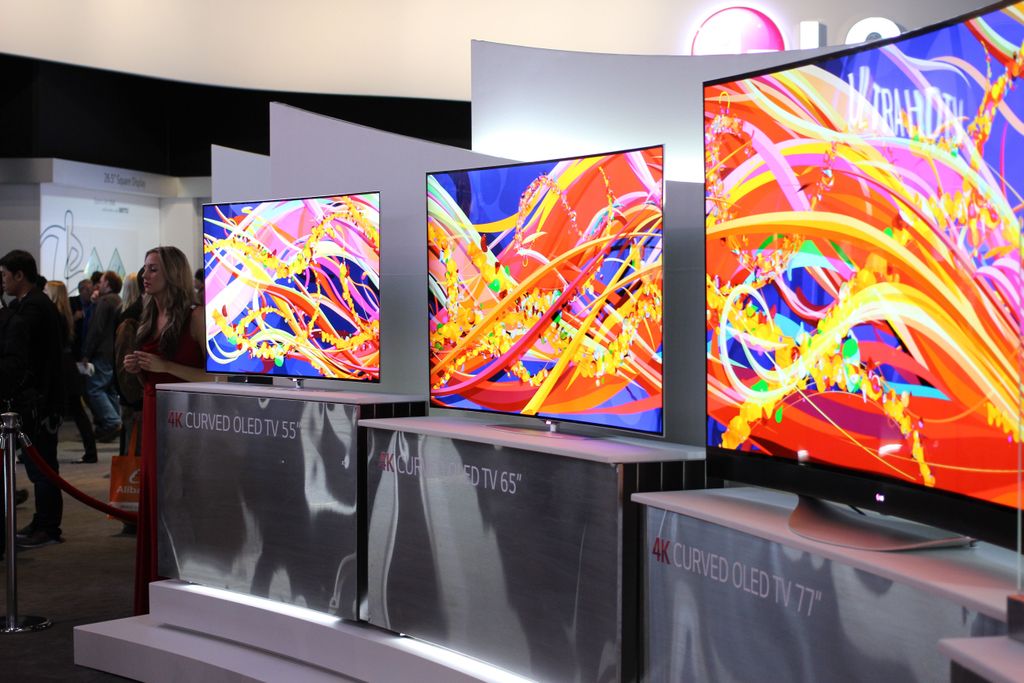
10. **Skipping Out on OLED TVs**While OLED technology has become ubiquitous in smartphones due to its vibrant displays, its adoption in larger television formats has been slower, primarily because OLED panels are significantly more expensive than traditional LCD screens. This higher price point often deters consumers during the checkout process. However, among the myriad upgrade options available for a new television, investing in an OLED model is often considered one of the most worthwhile expenditures.
OLEDs are not without their imperfections; they can be susceptible to burn-in under extreme, prolonged static image display, and they generally cannot achieve the same peak brightness levels as some advanced LCDs. Despite these minor drawbacks, OLED televisions are widely regarded as offering a superior viewing experience. Their ability to switch off individual pixels completely allows for true, absolute blacks, which makes watching darker movies at night, with the lights off, an incredibly immersive and enjoyable experience, far surpassing LCD’s often grayish ‘blacks.’ This exceptional contrast also makes High Dynamic Range (HDR) content appear remarkably more striking and lifelike.
Moreover, OLED imagery tends to exhibit a more natural, true-to-life color reproduction, enhancing the overall visual fidelity. Like most evolving technologies, manufacturers are continually seeking ways to reduce production costs, meaning that OLED prices are likely to decrease over time. Furthermore, the technology itself is constantly advancing, with innovations like the recent Tandem OLED, featured in devices like the M4 iPad Pro, demonstrating ongoing efforts to mitigate existing weaknesses. If you’re not in an immediate rush to upgrade your television, waiting a year or two might allow you to benefit from even lower OLED prices.
Product on Amazon: Facebook – Portal TV Smart Video Calling on Your TV with Alexa – Black
Brand: Facebook
Binding: Electronics Product Group: Personal Computer
Price: 129 USD
Rating: 5.0 Total reviews: 2
Video Capture Resolution: 1080p
Flash Memory Type: Internal flash memory
Video Capture Format: MP4
Supported Audio Format: AAC, MP3
Screen Size: 0.01 Inches
Connectivity Technology: Wi-Fi
Color: Black
Special Feature: Flat
Model Name: Portal TV
Features:
1. Easily video call with friends and family using Messenger and WhatsApp even if they don’t have portal
2. Smart camera automatically pans and zooms to keep up with the action Move and talk freely and always stay in frame
3. Portal TV is smart video calling on the biggest screen in your home. Wifi 2.4Ghz & 5Ghz
4. See and do more with Alexa built-in Control your smart home check who’s at the front door listen to your favorite music watch the news and more hands-free
5. Enjoy movies and shows from our growing list of partners including PRIME video CBS all-access Spotify Pandora and more
Shopping on Amazon >>
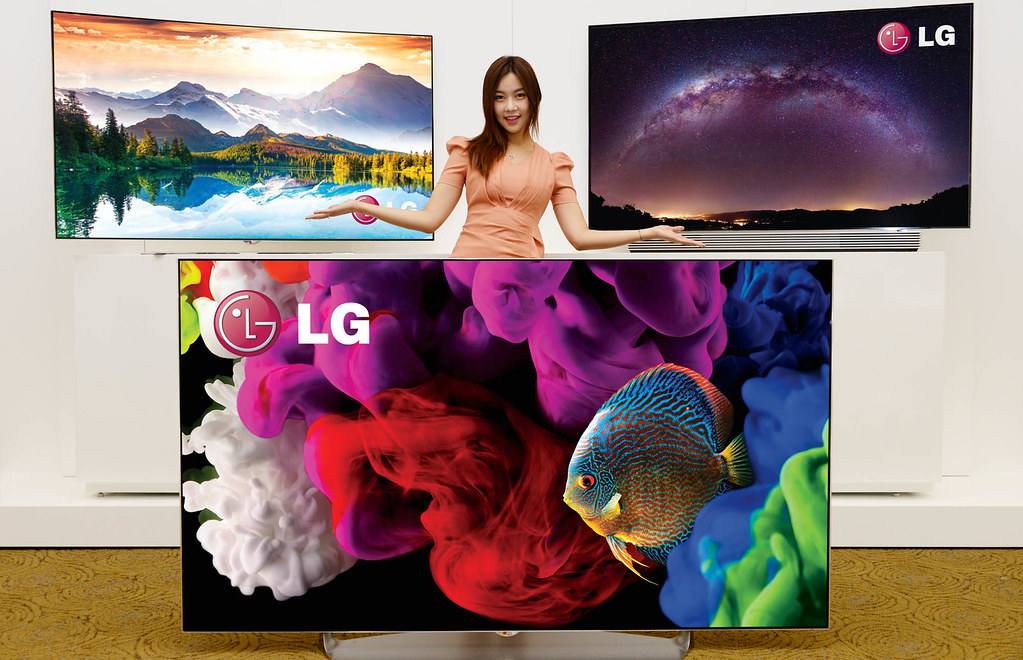
11. **Letting the Acronyms Sway You**Spend even a few minutes researching televisions, and you’ll quickly find yourself immersed in a dizzying array of acronyms that can feel as complex as military jargon. Instead of familiar terms, you’ll encounter QLED, UHD, WCG, and other equally opaque concepts like Quantum Dot and Dolby Vision. This linguistic bombardment is largely a marketing strategy. A television boasting a bewildering gallop of seemingly futuristic technology often sells better, even if consumers aren’t entirely sure what these technologies are or what specific benefits they provide.
Fortunately, for the savvy consumer, only a handful of these numerous concepts genuinely warrant your attention and understanding. Consider, for example, the various iterations of high definition: UHD stands for Ultra High Definition, which is simply another term for 4K. This can be confusing, especially alongside HD (720p, often no longer considered true high definition) and Full HD (1080p, generally the baseline for modern hi-def content). Therefore, 4K UHD is precisely the same as standard 4K, often used interchangeably by marketers. Then there are HDR and WCG. HDR, or high dynamic range, is a technology that delivers vastly improved contrast from the darkest shadows to the brightest highlights, and it is highly recommended if your budget allows. WCG, or wide color gamut, expands the color depth from 8-bit to 10-bit, offering a richer and more expansive palette of colors – a desirable feature, but not strictly essential.
Most other acronyms you’ll encounter often refer to proprietary technologies that, while potentially adding a marginal improvement to viewing quality, are ultimately non-essential bonuses. Terms such as QLED, Quantum Dot, NanoCell, and MLA typically describe specialized films and lens arrays designed to maximize brightness or enhance viewing angles. While these features can offer slight enhancements, they generally don’t represent a foundational shift in picture quality that justifies significant decision-making stress. Focus on the core specifications that truly define your viewing experience, rather than getting lost in marketing-driven jargon.
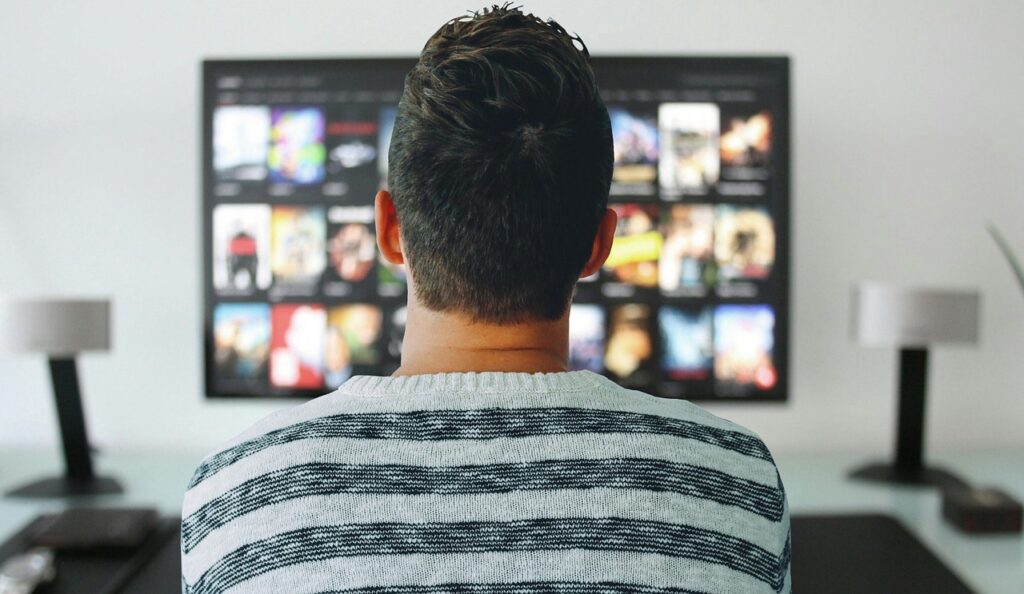
12. **Throwing Out the TV Box**It’s a question that nearly every television buyer ponders: should I discard my new TV’s packaging? While individual living spaces and storage capacities vary, there’s a strong, practical recommendation to retain your television’s original box, along with all its internal structural foam and packing pieces, if you have the available storage space to accommodate it.
This seemingly minor decision offers substantial long-term benefits and tremendous peace of mind. Should you decide to move, donate, or sell your television in the coming years, having the original, custom-fitted packaging provides the most secure and protective means of transport. The box is specifically designed to cradle and protect the screen and internal components during transit, significantly reducing the risk of damage compared to improvised packing solutions.
Read more about: A Nightmare Unfolds: Cardi B Shares the Devastating Moment Takeoff’s Death Shattered Their World and the Ongoing Battle with Grief
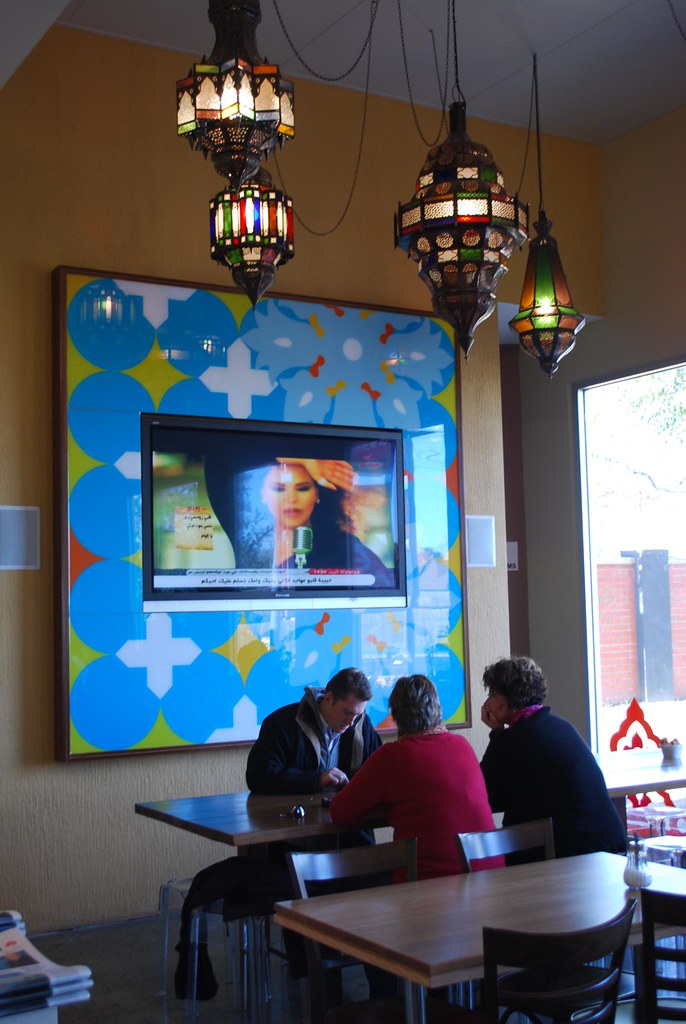
13. **Not Enlisting Help for Setup**Setting up a new television, particularly larger models, should unequivocally not be attempted as a solo endeavor. While it might seem like a straightforward task, the potential for mishandling and injury is surprisingly high. Countless unfortunate stories circulate about individuals attempting to maneuver heavy, delicate panels alone, leading to damaged TVs or, even worse, personal injuries.
For larger televisions, specifically those measuring 65-, 75-, or even 85-inches, it’s highly advisable to recruit at least two additional people to assist with the lifting and positioning. At these sizes, television panels become quite heavy and unwieldy, and the setup process typically involves multiple steps where the panel needs to be carefully lifted, rotated, and precisely placed onto a stand or mounted onto a wall. Enlisting help ensures the safety of both the new investment and everyone involved in the setup.
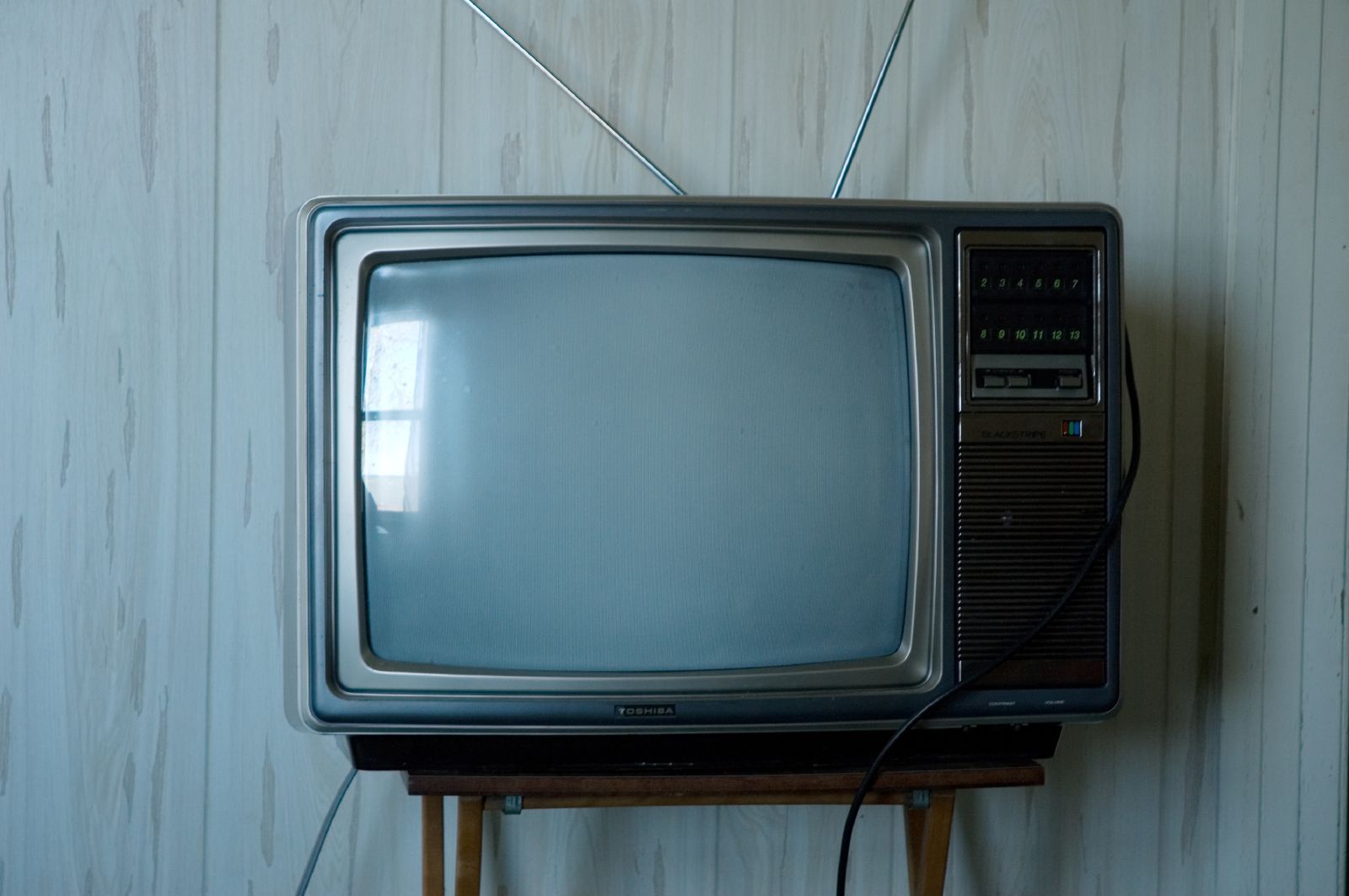
14. **Choosing the Wrong Spot for the TV**The location you choose for your television is paramount, influencing everything from viewing comfort to the TV’s longevity and performance. Several crucial factors must be considered: the optimal distance between the screen and your primary seating area, the angle of the screen in relation to ambient light sources, and, critically, the long-term safety and health of your television.
When determining placement, it’s vital to angle the screen away from any potential sources of glare, including lamps, computer monitors, and especially windows, as morning or noonday sunlight can severely degrade the viewing experience. Furthermore, a highly questionable and strongly discouraged practice is wall-mounting a television above a fireplace. This almost invariably positions the screen at an uncomfortably high angle, leading to neck strain for viewers. More alarmingly, the smoke, soot, and sustained heat emanating from an active fireplace can inflict severe and irreversible damage on your television over time.
Beyond these technical considerations, practical elements such as the amount of natural light a room receives can influence the best TV technology for your space (e.g., LED for bright rooms, OLED for darker ones). It’s also important to plan for power outlets and Wi-Fi source locations to avoid connectivity issues. Finally, consider your room’s seating arrangement and traffic flow. For open-plan living spaces, where people often gather around food, ensuring the TV can be comfortably viewed from the kitchen or dining area is a thoughtful consideration, guaranteeing that everyone can enjoy the entertainment regardless of their position.
Read more about: Celebrities Choosing Sobriety: Inspiring Stories Behind Alcohol-Free Lives
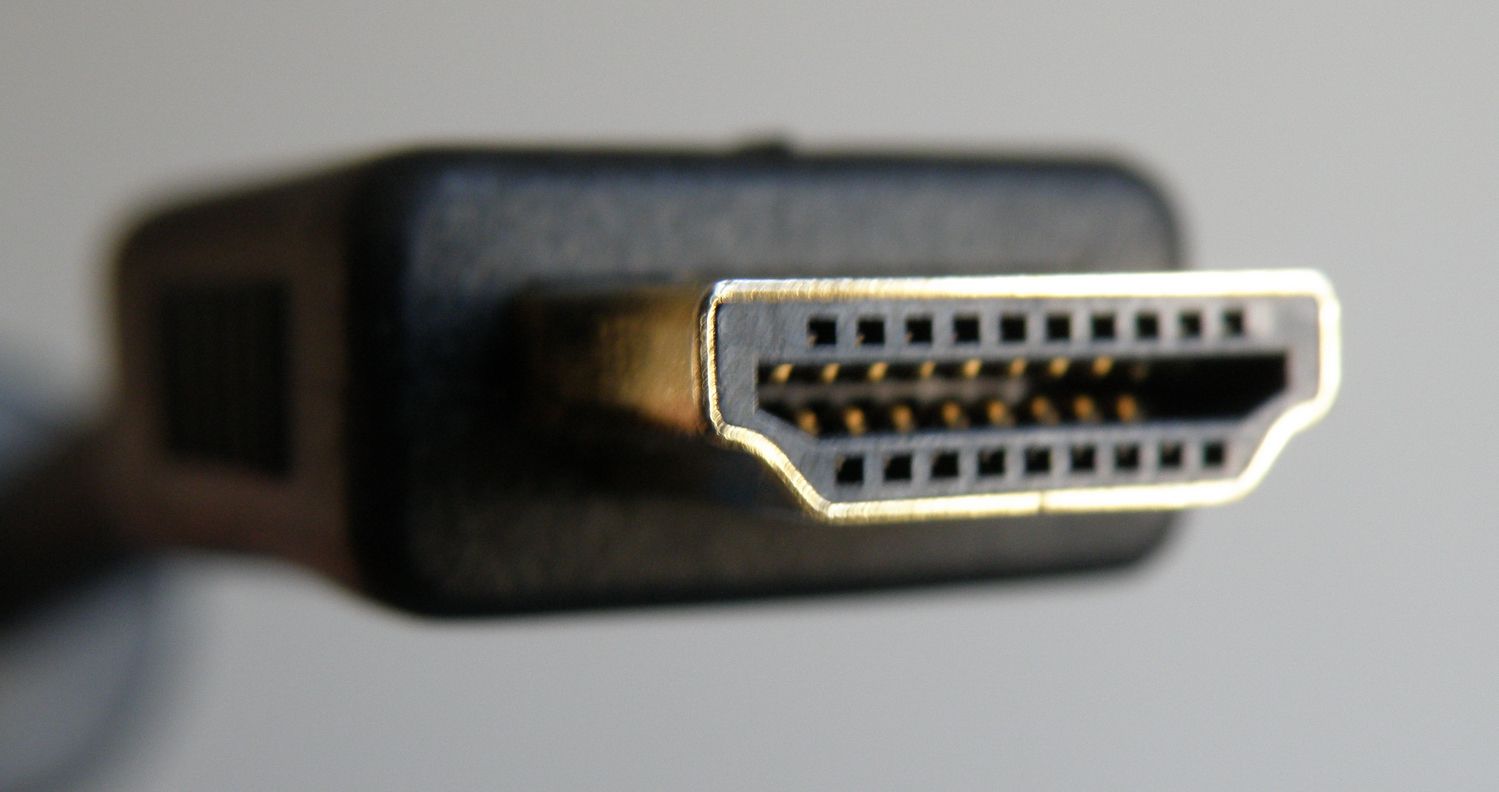
15. **Not Using the Proper HDMI Cables**When outfitting your new television, remember this simple mantra: you don’t need to spend a fortune on HDMI cables, but you absolutely must acquire the correct ones for the job. If you’ve invested in a mid-range or high-end TV today, it almost certainly supports the HDMI 2.1 specification. In fact, many of the best televisions on the market, such as the LG C5 OLED, feature HDMI 2.1 inputs across all ports. If your new TV is an upgrade from a set purchased years ago, your older cables likely adhered to the HDMI 2.0 standard.
The difference between HDMI 2.0 and HDMI 2.1 is significant, particularly for maximizing your new TV’s capabilities. HDMI 2.1 compatibility unlocks enhanced audio support, allows for much higher refresh rates, and introduces additional gaming improvements like Variable Refresh Rate (VRR), which synchronizes the display’s refresh rate with the console’s frame rate to eliminate screen tearing. Simply put, if you aim to fully leverage the power of your new television, especially if you’re a serious gamer, it is imperative to use HDMI cables designed to take advantage of your TV’s available HDMI 2.1 inputs.
Fortunately, identifying the right cables is straightforward: look for those explicitly labeled “Ultra High-Speed” and confirming they support a bandwidth of 48 Gbps. While it’s true that older, less-capable HDMI cables can still function with your new TV, supporting 4K resolution and HDR performance for most sources, they will not enable sought-after audio- and gaming-related features. Upgrading these cables is a simple yet crucial step to unlock the full potential and immersive experience your new television is truly capable of delivering.
As you embark on your journey with a new television, remember that the true measure of a great viewing experience lies not just in the hardware itself, but in the informed choices you make at every step. From the moment you unbox to the subtle adjustments of settings, each decision contributes to how your new set integrates into your life. By sidestepping these common pitfalls, you’re not just buying a TV; you’re investing in countless hours of immersive entertainment, vibrant stories, and crystal-clear moments that will bring your living space to life. Here’s to enjoying your perfectly tuned, magnificent new screen!




